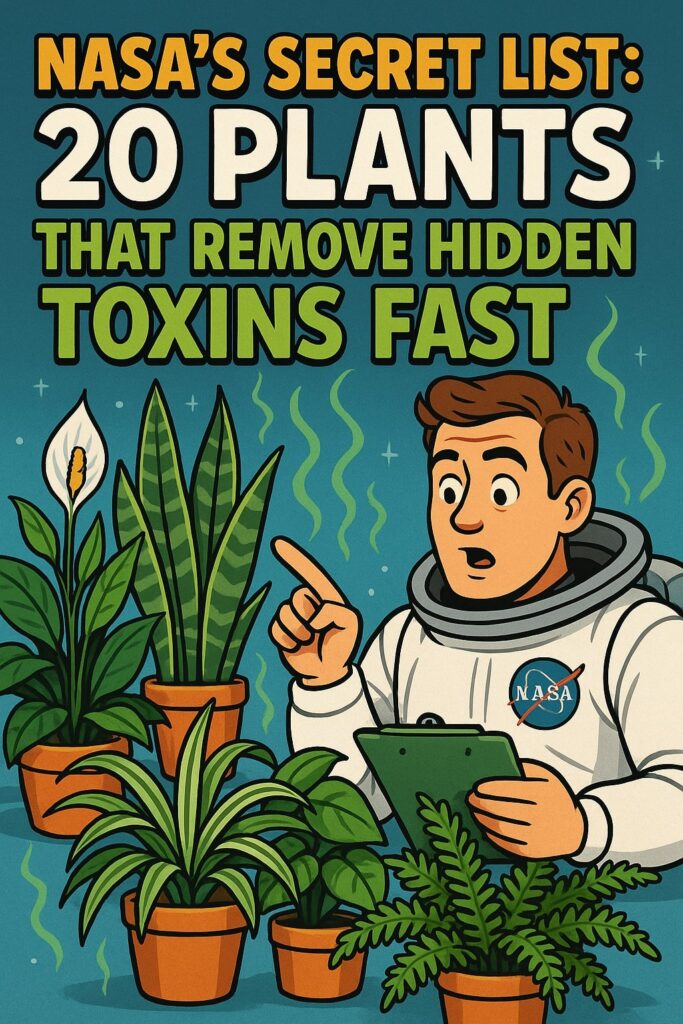
Your home is supposed to be your safe haven, but what if I told you that the air inside your house could be three times more polluted than the air outside?
NASA scientists discovered this shocking truth decades ago, and their research revealed something incredible: certain plants can eat the toxins floating around your living room.
Here’s what most people don’t realize. Every time you use cleaning products, air fresheners, or even new furniture, you’re releasing invisible chemicals like formaldehyde, benzene, and trichloroethylene into your air.
These aren’t just fancy science words; they’re real toxins that can trigger headaches, allergies, and worse.
The game-changer? These 20 spectacular plants don’t just look beautiful. They’re working 24/7 to transform your toxic air into something you can breathe safely.
1. Spider Plant (Chlorophytum comosum)
This resilient superstar is like the overachiever of the plant world. It removes formaldehyde while practically growing itself. Spider plants are so easy to care for, they’re perfect for beginners who think they have a “black thumb.”
Bonus secret: They produce adorable baby plants that you can share with friends or expand your air-purifying army.
2. Snake Plant (Sansevieria trifasciata)
If plants had personalities, the snake plant would be the strong, silent type that gets the job done without complaint. This stunning plant filters out benzene and formaldehyde while surviving in low light and handling neglect like a champion.
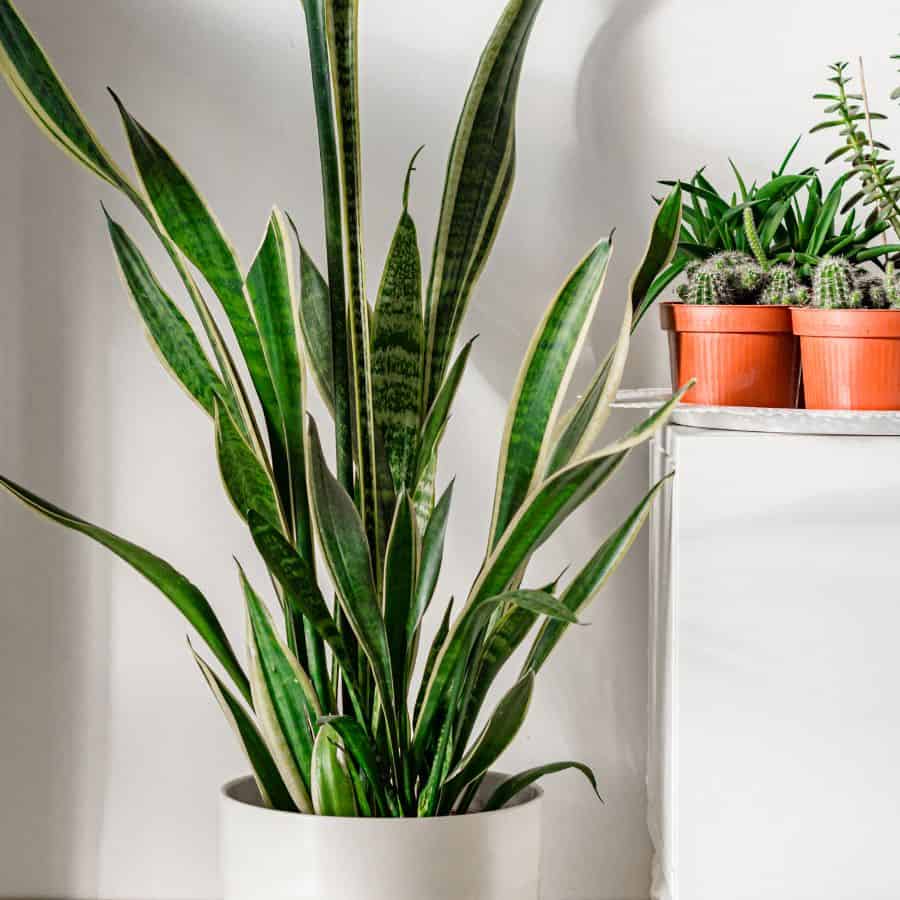
The shocking truth: It actually releases oxygen at night, making it perfect for bedrooms.
3. Peace Lily (Spathiphyllum)
Don’t let its elegant white flowers fool you. This beauty is a toxin-fighting machine that tackles ammonia, benzene, and formaldehyde.
Peace lilies are like having a natural air freshener that actually works, unlike those chemical-laden plug-ins that just mask odors with more toxins.
4. Aloe Vera
Your burn-healing hero doubles as an air purifier, clearing formaldehyde while giving you fresh gel for skincare emergencies.
Pro tip: When your aloe’s leaves turn brown, it’s actually alerting you that your air quality has dropped – it’s like having a living air quality monitor.
5. Golden Pothos (Epipremnum aureum)
This trailing wonder is practically indestructible and removes multiple toxins while creating stunning cascades of heart-shaped leaves.
I call it the “confidence booster” plant because it’s almost impossible to kill, making anyone feel like a plant expert.
6. Rubber Plant (Ficus elastica)
With its glossy, dramatic leaves, the rubber plant removes toxins while making a bold style statement.
It’s like having a piece of living sculpture that happens to clean your air. Talk about multitasking!
7. Boston Fern (Nephrolepis exaltata)
This lush, feathery beauty excels at removing formaldehyde and acts as a natural humidifier.
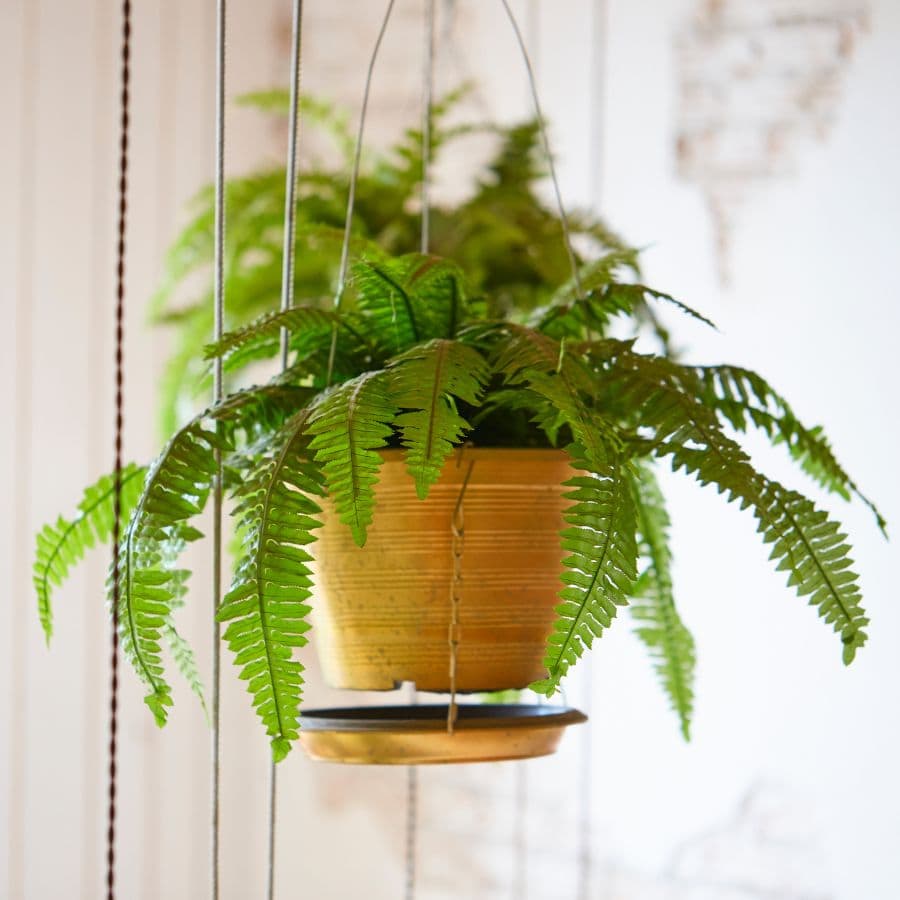
Boston ferns create that spa-like atmosphere while working overtime to purify your air.
8. English Ivy (Hedera helix)
Here’s something that will shock you: English ivy actually reduces airborne fecal matter particles by up to 94% in just 12 hours.
If you have pets or live in a busy household, this climbing beauty is your secret weapon for cleaner air.
9. Bamboo Palm (Chamaedorea seifrizii)
This tropical charmer filters out benzene and trichloroethylene while adding instant vacation vibes to any room.
Bamboo palms are like having a piece of paradise that happens to be working hard to keep you healthy.
10. Flamingo Lily (Anthurium andraeanum)
Those vibrant, heart-shaped flowers aren’t just for show. They’re part of a powerful air-purifying system that removes toxins while adding a pop of color that rivals any artwork.
11. Dracaena (Dracaena spp.)
Available in dozens of varieties, dracaenas are the Swiss Army knife of air purifiers, tackling multiple toxins while adapting to various light conditions.
The revelation: Different varieties target different toxins, so you can customize your air-cleaning strategy.
12. Chinese Evergreen (Aglaonema)
This stunning plant with its patterned leaves thrives in low light while removing toxins most other plants can’t handle.
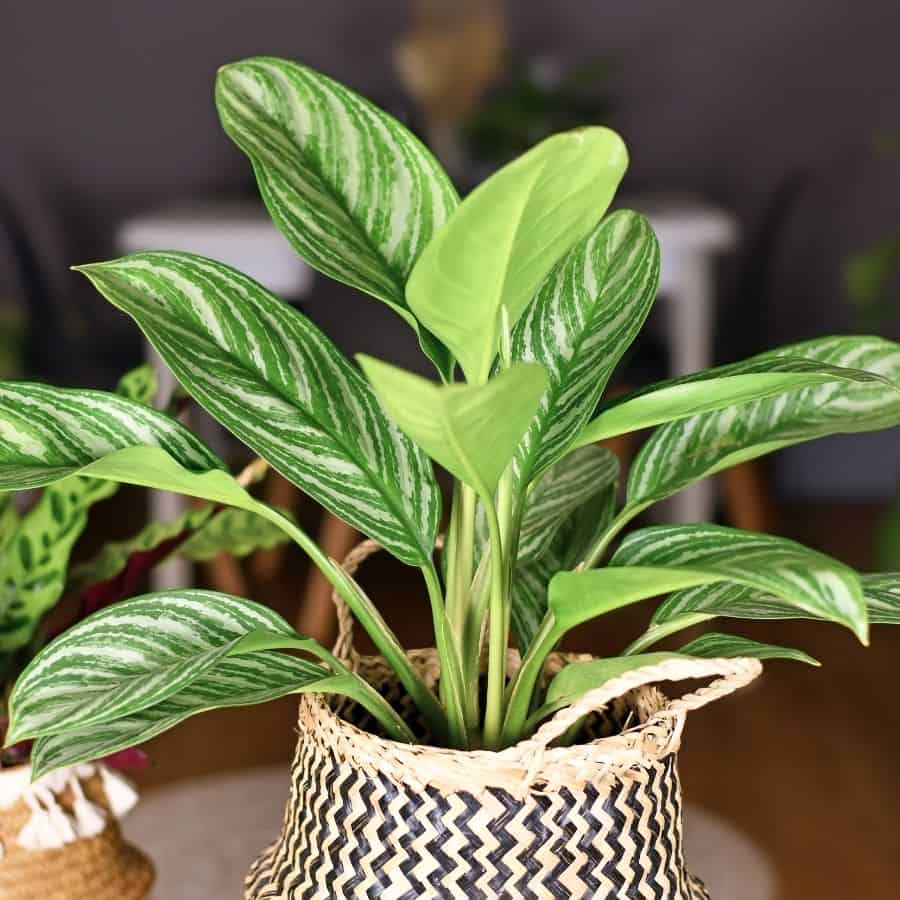
It’s perfect for those darker corners where other plants would struggle and suffer.
13. Weeping Fig (Ficus benjamina)
Don’t be fooled by the dramatic name. This elegant tree filters out formaldehyde and xylene while creating a sophisticated focal point in any room.
14. Areca Palm (Dypsis lutescens)
This graceful palm doesn’t just remove toxins. It pumps moisture into dry indoor air, preventing the respiratory issues and skin problems that come with overly dry environments.
15. Gerbera Daisy (Gerbera jamesonii)
These cheerful flowers do double duty: they remove benzene during the day and release oxygen at night, potentially improving your sleep quality. It’s like having a natural sleep aid that happens to be gorgeous.
16. Corn Plant (Dracaena fragrans)
With its corn-like leaves and easy care requirements, this plant removes formaldehyde and xylene while tolerating low light and occasional neglect.
17. Lady Palm (Rhapis excelsa)
This elegant palm is particularly effective at removing indoor air pollutants while adding a touch of tropical sophistication to your space.
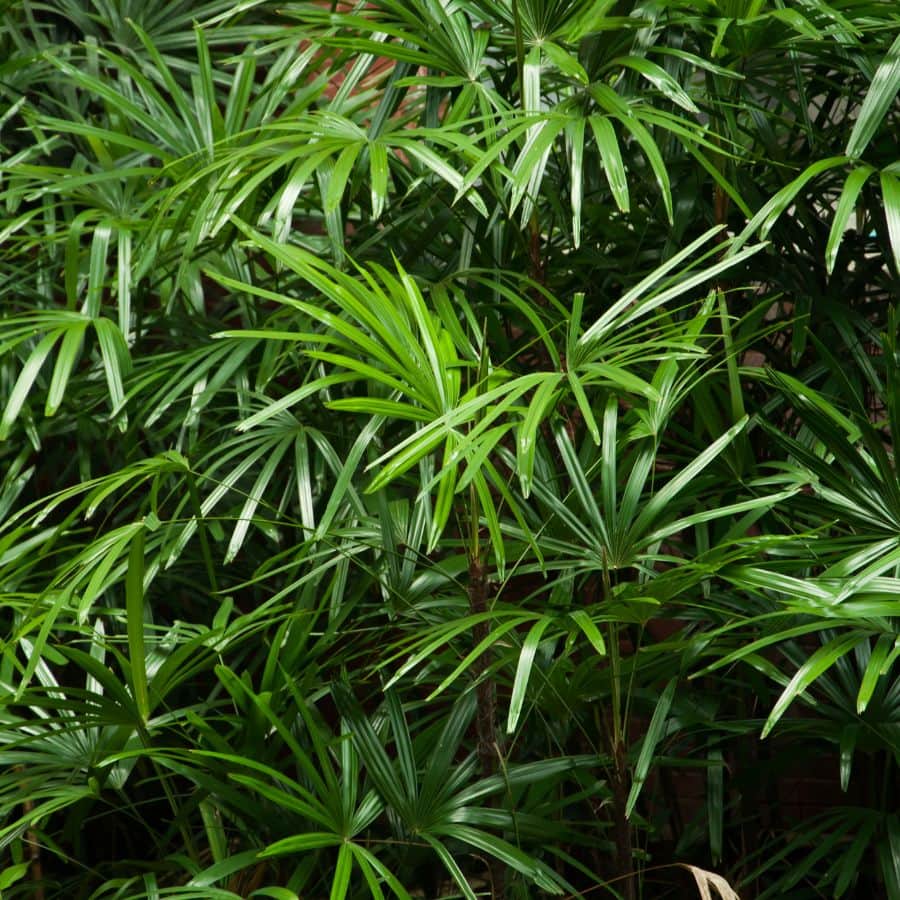
18. Dwarf Date Palm (Phoenix roebelenii)
Compact but powerful, this palm removes formaldehyde while bringing exotic appeal to smaller spaces.
19. Kimberly Queen Fern (Nephrolepis obliterata)
This lush fern removes toxins while creating that coveted jungle vibe that makes any room feel like a natural retreat.
20. Broad Lady Palm (Rhapis excelsa)
Particularly effective against ammonia, this palm is your best defense against household cleaning product toxins while maintaining an elegant, refined appearance.
The Secret Most Plant Experts Won’t Tell You
Here’s the breakthrough that changes everything: you need one air-purifying plant per 100 square feet to get real results.
Most people buy one or two plants and wonder why they don’t notice a difference. The magic happens when you create an entire ecosystem of air-cleaning powerhouses.
Your plants improve air quality through phytoremediation. They literally absorb toxins through their leaves and roots, then convert these harmful chemicals into nutrients. It’s like having a team of tiny, beautiful air filters working around the clock.
Avoid These Plant Parent Mistakes
The difference between amateur and pro plant parents is simple: pros know that overwatering kills more plants than drought. Most air-purifying plants prefer to dry out slightly between waterings.

Another game-changer: dust your plant leaves monthly. Dusty leaves can’t photosynthesize effectively, which means they can’t clean your air properly. Think of it as changing the filter in your natural air purification system.
Transform your home into a toxin-fighting sanctuary with these natural air purifiers. Your lungs – and your family’s health – will thank you for making this simple but powerful change.